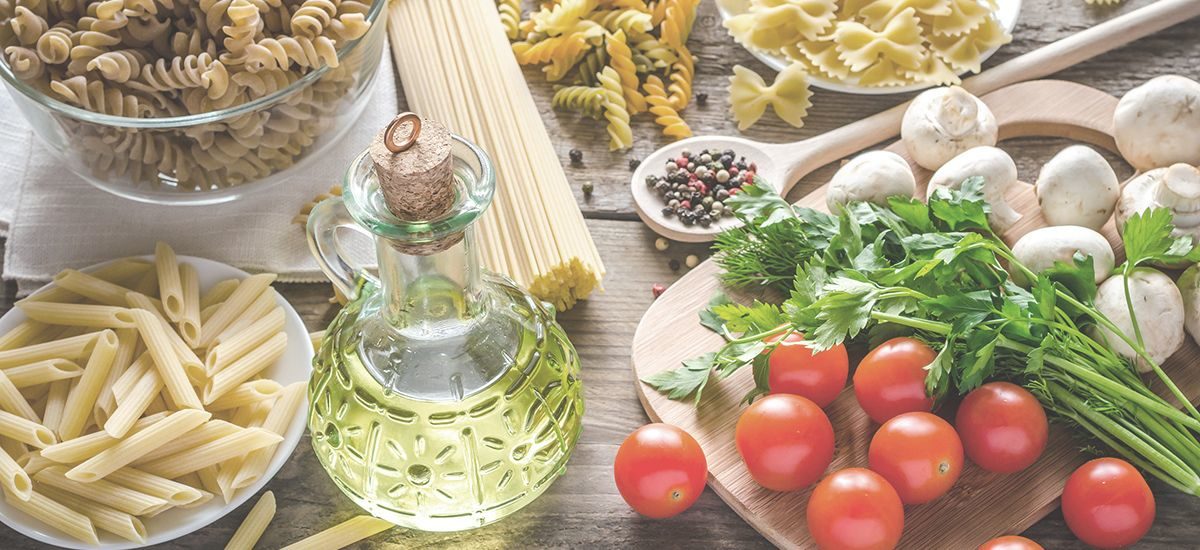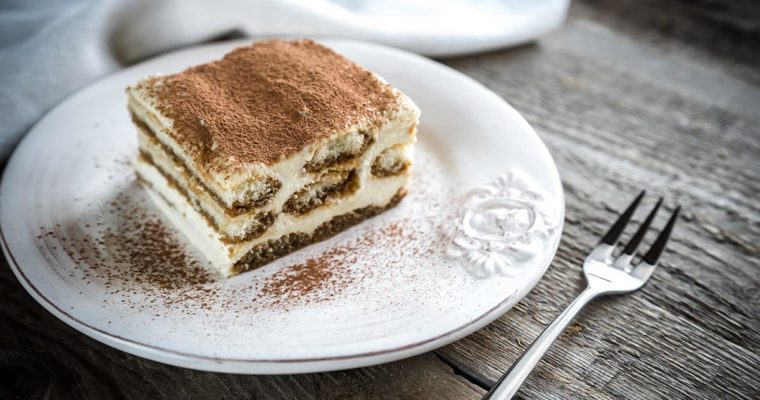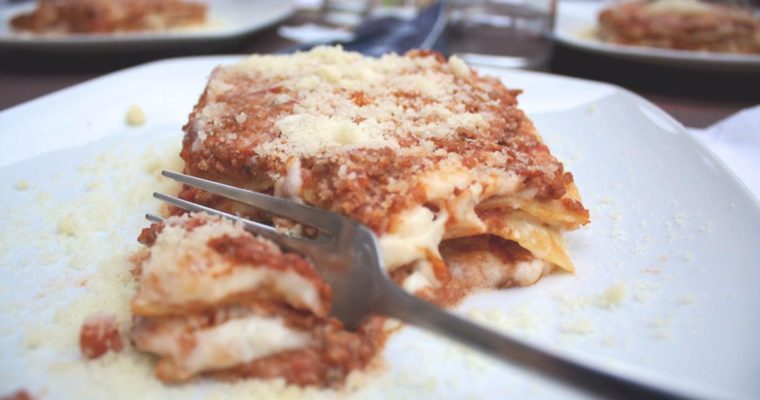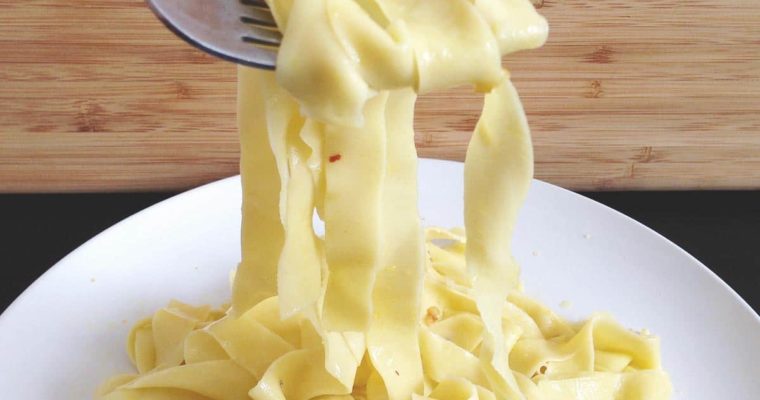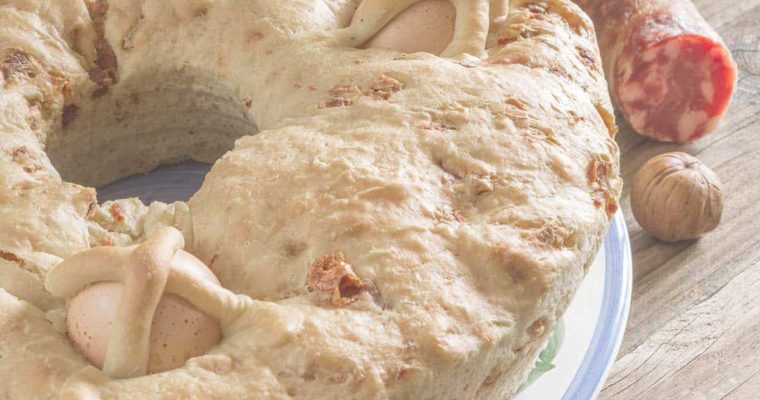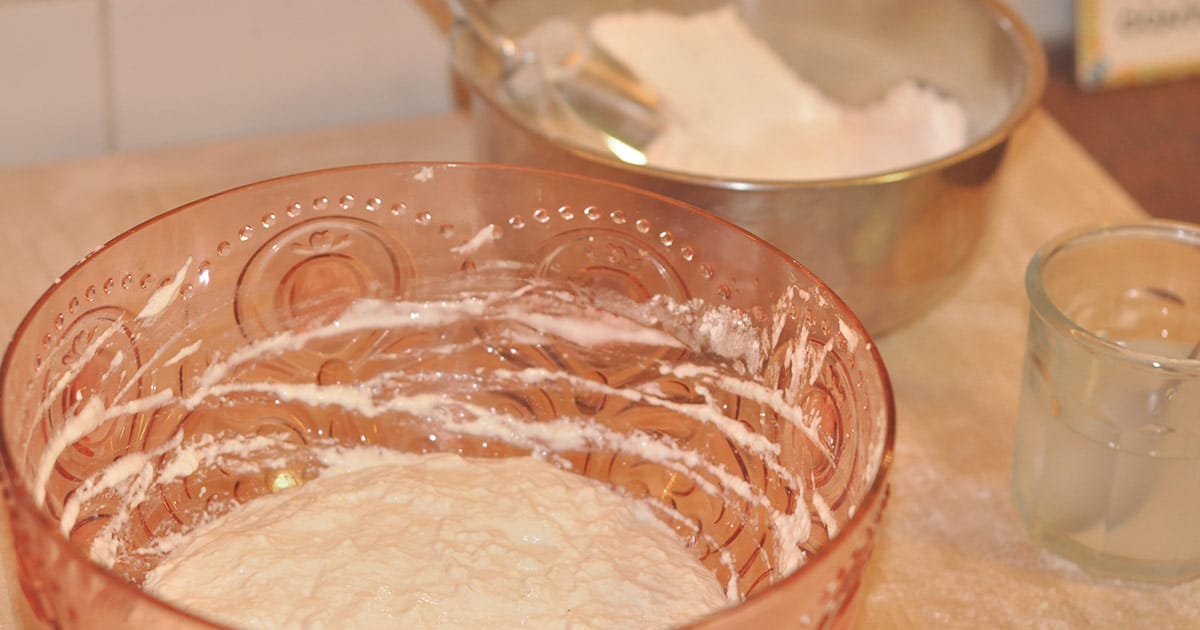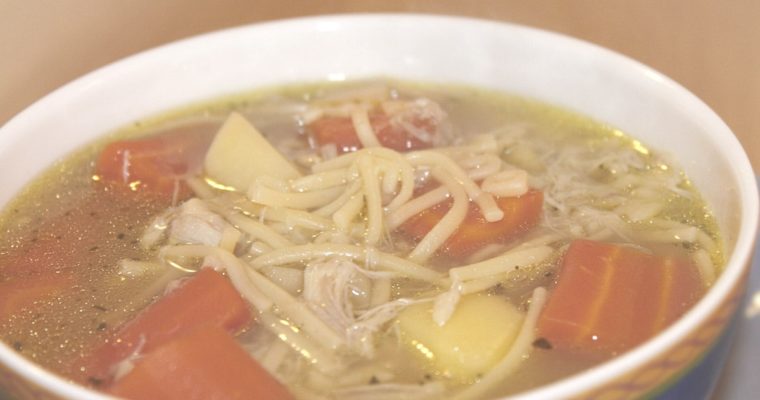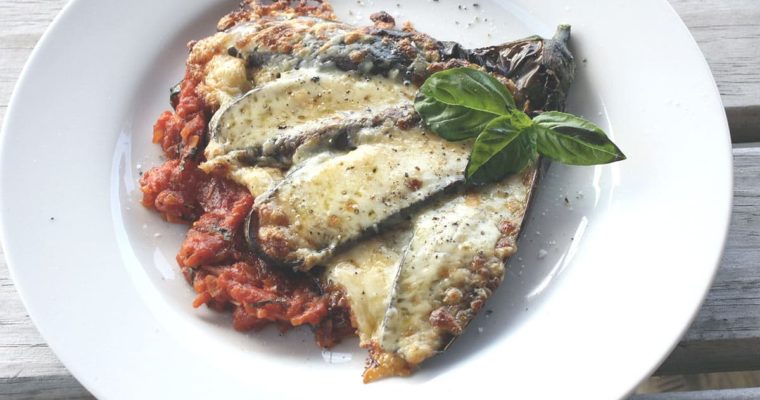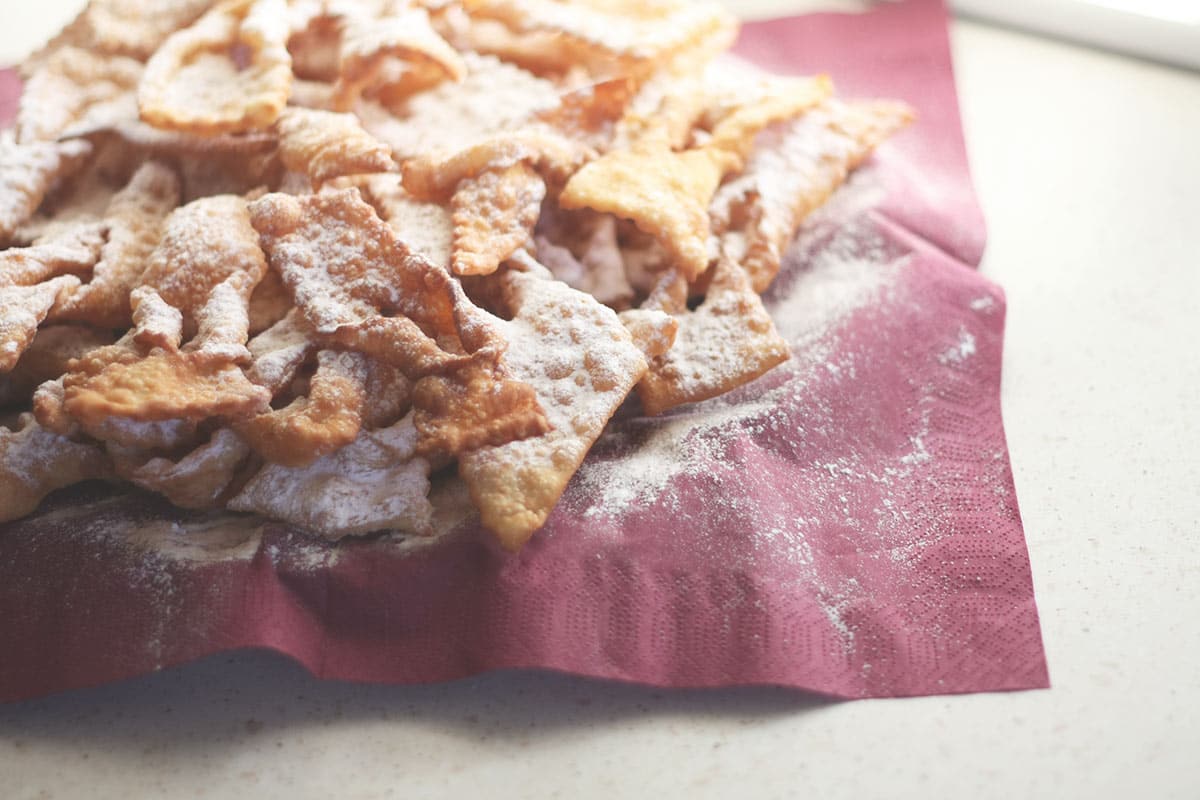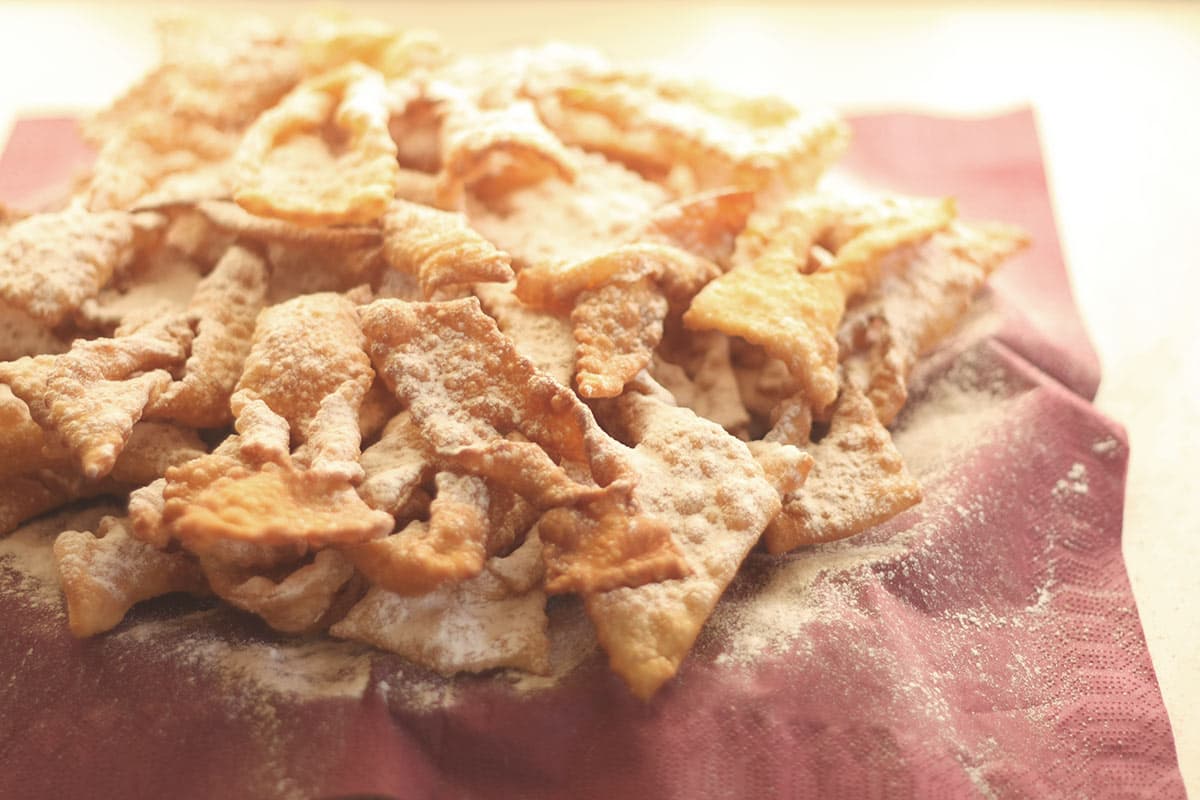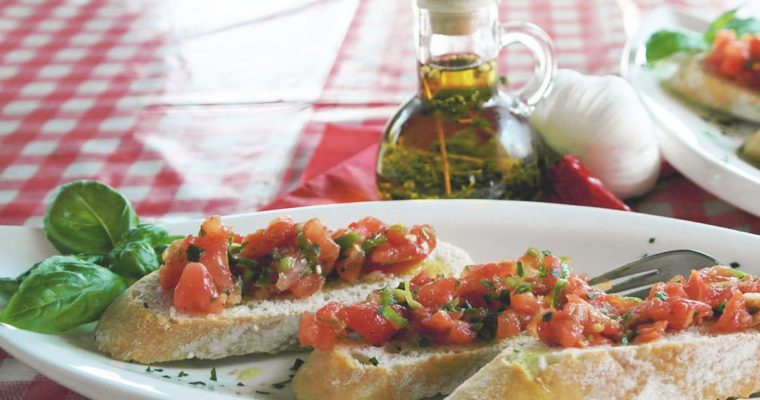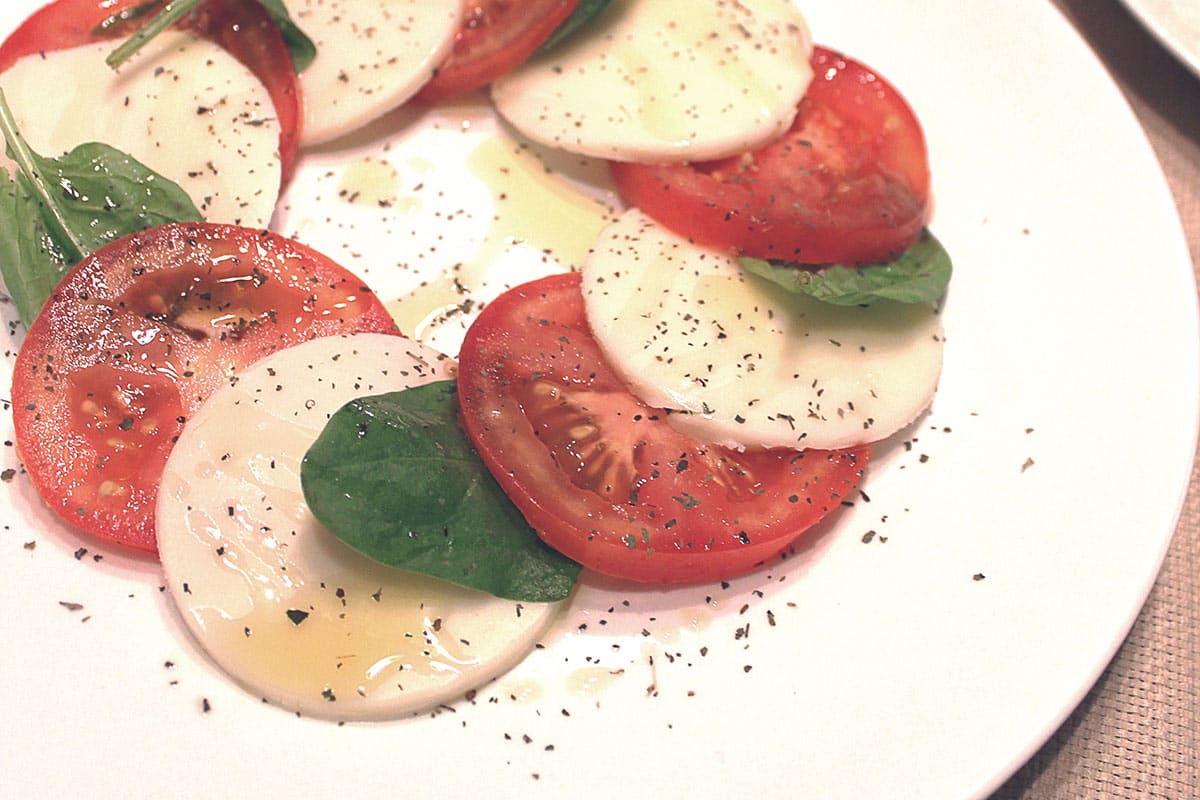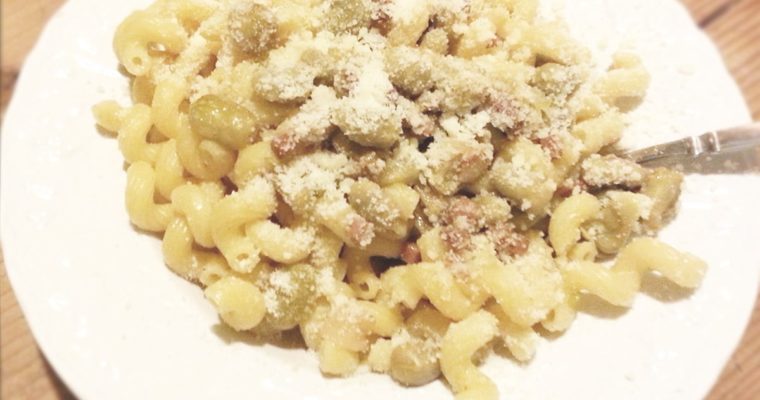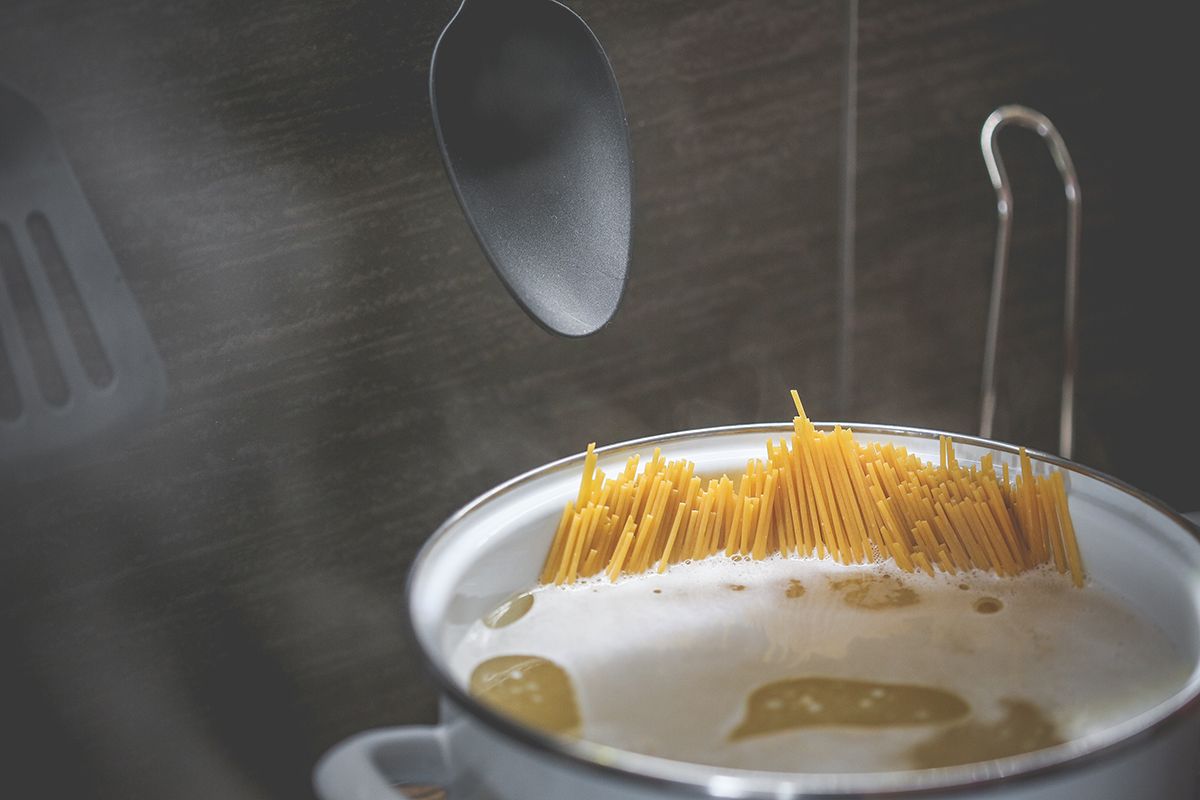How to cook pasta
How do you cook pasta perfectly and tell when drain?
The first tip that I can give you is to taste your food, the instinct helps a lot. But I think to make good dishes must put love and passion and even taste, so that you can add salt or pepper, fix a salty dish etc.
Today we explain how to cook different types of pasta perfectly. Simple but important rules to enjoy a real Italian pasta cooked to perfection. Cook the pasta in plenty of water.
First of all, it is important since the amount of water in which the pasta cook: the relationship between pasta and water must be of 1 to 10 (for example, for 500 g of pasta, 5 liters of water are needed. Pour the pasta in boiling water only. The water should be boiling from the early stages of cooking, so the pasta is placed in salt water only when it bubbles vigorously. Do not forget to stir the pasta. After 20-30 seconds maximum pasta should be stirred with a scoop. The operation must be repeated if it is smooth paste, while if it is egg pasta is fine stir only in the first stage of cooking, to avoid breaking it. The egg pasta, in fact, is more delicate than that of semolina.
Important: today many prefer the pasta not fully cooked, for more substantial to chew. A pasta of excellent quality should be cooked so that when tasting proves fully cooked, so you can best appreciate the taste and texture. Remember that less you cook the pasta, and the lower will be the : 100 g of uncooked pasta to 60-70% of the real time become ca. 220 g of cooked pasta, and if cooked at the correct time the weight increases by a further 10-15%.
